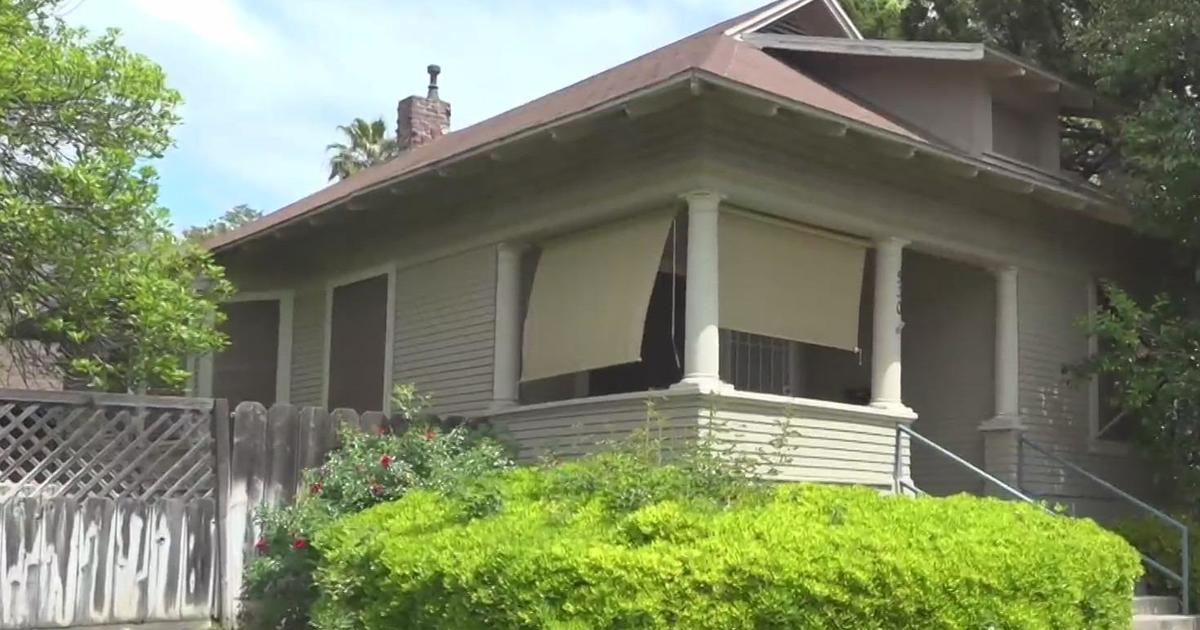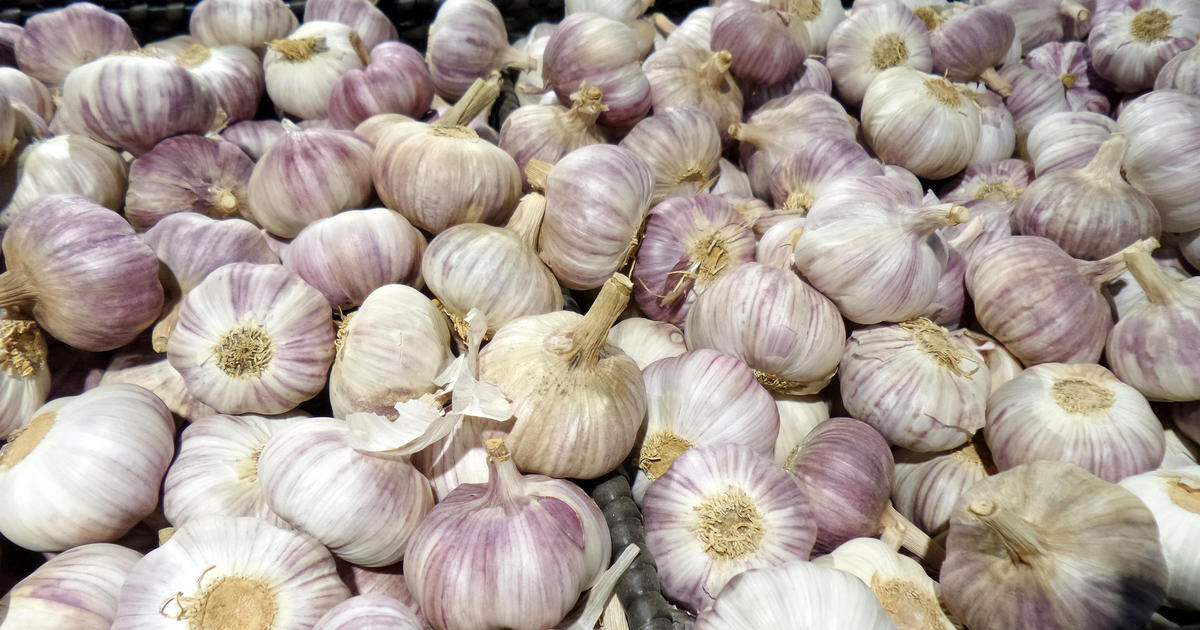Shoppers are dipping into savings and going into debt. That could cause a holiday hangover
Despite high inflation and recession fears, the holiday shopping season appears to be off to a strong start.
Black Friday and Cyber Monday sales were solid, as Americans were lured by deep discounts. Although consumer spending may be slowing, it remains surprisingly resilient.
The problem, however, is that many Americans' paychecks are not keeping up with stubborn inflation. That has forced consumers to finance their shopping sprees by dipping into savings and tapping increasingly expensive credit cards.
Not only is that unsustainable, but it could force consumers to cut spending in the coming months to pay down debt and replenish savings. And that would be problematic for an economy that is driven by consumer spending.
"There will be an inevitable holiday spending hangover. And it will be particularly bad this time," said Joe Brusuelas, chief economist at consulting firm RSM. "This will be the first time the American middle class will really buckle under pressure from high prices."
Inflation-weary consumers have been saving less money, a trend that predated this holiday season.
The personal savings rate — how much people are saving as a percentage of disposable personal income — spiked during the start of Covid-19 as many Americans received stimulus checks and stopped commuting.
But the savings rate has come down since, in large part due to the high cost of living. The savings rate fell to just 2.3% in October, according to government statistics released last week.
Goldman Sachs economists described this as an "exceptionally low" savings rate, noting in a report to clients this week that this is just a touch above the record low of 2.15% set during the housing boom of 2005.
By contrast, the savings rate in 2019 averaged nearly 9%, according to Moody's.
"The lack of real [inflation-adjusted] income is beginning to catch up with the middle class and the working poor," said Brusuelas.
'Financial cushions are quickly shrinking'
The good news is that consumers, in aggregate, built up an epic pile of savings during the pandemic
The Federal Reserve estimates that so-called excess savings peaked at $2.3 trillion in the third quarter of 2021.
The bad news is that mountain of cash is getting whittled away as consumers struggle to keep up with inflation.
"The financial cushions are quickly shrinking," economists at Moody's wrote in a note to clients.
Excess savings fell to around $1.7 trillion in the middle of this year, according to Fed estimates. By the end of September, it fell further to about $1.5 trillion, RSM estimates.
"That trillion and a half dollars will run out some time mid-year next year," JPMorgan Chase CEO Jamie Dimon told CNBC earlier this week, noting that inflation is "eroding" the pile of savings.
Dimon said this savings drawdown is one of the things that "may very well derail the economy and cause a mild or hard recession that people worry about."
A recent survey from Vanguard showed a "concerning" rise in hardship withdrawals, or cash that workers are taking out of their employer retirement programs, like 401(k) plans.
"The recent increase in households drawing on their employer-sponsored retirement accounts ... could be a sign of some deterioration in the financial health of the US consumer," said Fiona Greig, Vanguard's global head of investor research and policy.
'Inflation is killing me'
Of course, the pile of savings is not evenly divided. It skews toward the wealthier households.
Data from Moody's shows that the highest-earning quartile of Americans still has a mountain of savings totaling around $800 billion. By contrast, the bottom quartile has already worked through a chunk of savings and has around $100 billion left.
Credit card companies are starting to see a divide between consumers with high and low credit scores.
"The prime households have enough liquidity to manage inflation," Roger Crosby Hochschild, CEO of Discover Financial Services, said at a Goldman Sachs conference this week. "You're seeing stress in the subprime and near-prime issuers where those households are already tapped out. They're already shopping at Dollar General or lower-end retailers."
Brian Wenzel, chief financial officer of store credit card issuer Synchrony Financial, said the cost of living is clearly impacting some borrowers.
"What we hear today is, 'Hey, listen, I can't make my rent payment, it's up. Inflation is killing me on gas and groceries.' You see that," Wenzel said at the conference.
Record credit card rates
Even some high-income Americans are getting squeezed.
Bank of America, citing internal data on customers, said high-income consumers are trading down at the supermarket and spending significantly more at value grocery stores than they did before Covid.
The timing for Americans to be leaning on credit cards and savings is not ideal.
"Unfortunately, they are drawing down on savings ahead of what looks like at best a slowdown and at worst a recession next year," said RSM's Brusuelas.
Credit card rates have surged to record highs as the Federal Reserve scrambles to fight inflation with massive rate hikes. Some store-brand credit card rates have surpassed 30%.
Jobs market is still chugging along -- for now
There is reason to hope that consumer finances could improve if inflation chills out.
Aneta Markowska, chief economist at Jefferies, expects the gap between inflation and wages to narrow or even reverse in the coming months, giving Americans a chance to catch up. She pointed out that real wages, adjusted for inflation, have turned positive in recent months. Markowska expects that trend to continue, including as companies make annual raises that take effect early next year.
"The near-term outlook is okay. Consumer finances are still healthy, though not as healthy as 12 months ago," Markowska said.
And for now, the jobs market has held up for the most part. Hiring has slowed but remains strong and initial jobless claims are relatively low.
Markowska expects consumer spending to remain solid until layoffs pickup steam, likely during the third quarter of next year. That's when she expects the economy will start losing jobs on a monthly basis.
"The consumer will probably crack when the labor market cracks," she said.



